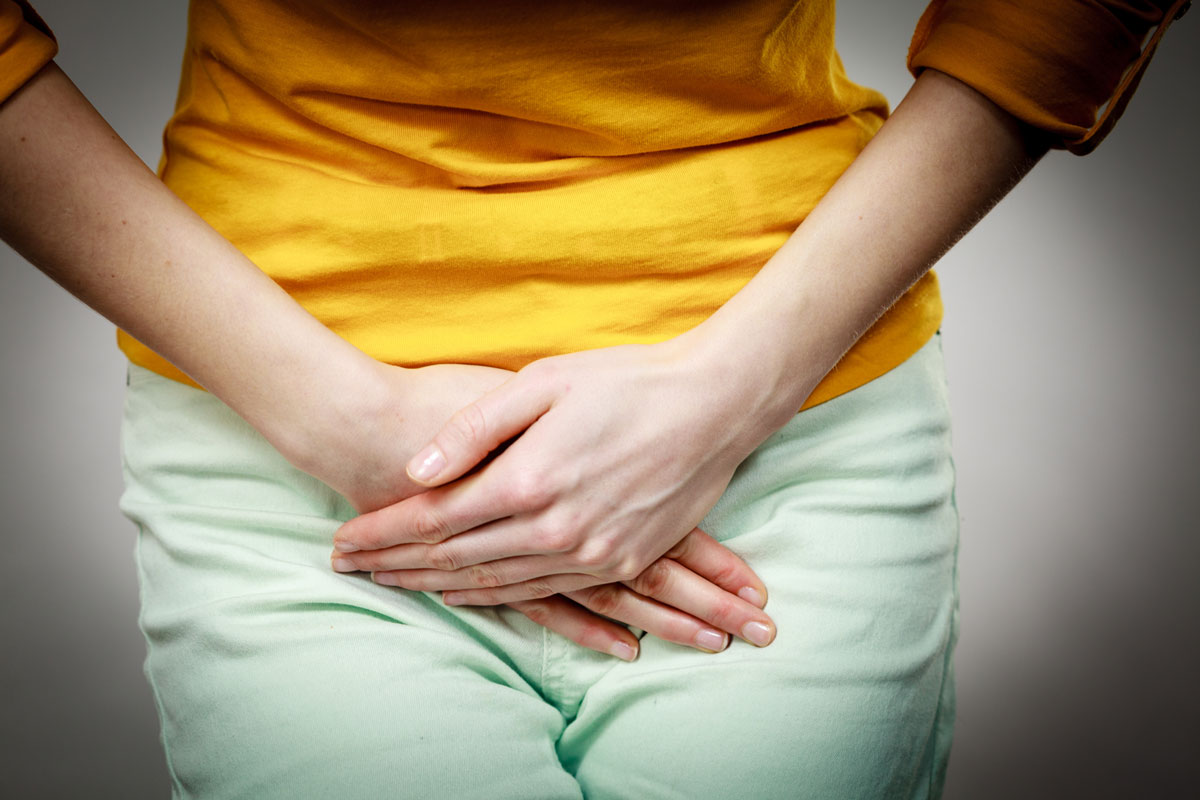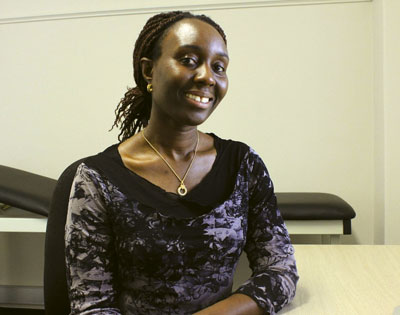 Fibroids are common and have presence in up to 80% of women. They are monoclonal benign tumours arising from smooth muscle cells in the myometrium.
Fibroids are common and have presence in up to 80% of women. They are monoclonal benign tumours arising from smooth muscle cells in the myometrium.
They can be single or multiple, small (under a centimetre) to massive (over 10cm). The exact aetiology is unknown. They are hormonally responsive. Symptoms are usually experienced by women in the reproductive years. Afro-Caribbean women seem to have the highest ethnic prevalence but women from all ethnicities are affected.

Treatment depends on the symptoms experienced. Many women are asymptomatic and the fibroids are an incidental finding on imaging for another reason. Such women can be reassured that they do not need treatment.
Ultrasound is usually sufficient for imaging, but if the fibroid is large or rapidly growing, an MRI pelvis should be considered to rule out any features of sarcoma. If sarcoma is suspected, a gynaecology oncology opinion should be sought.
The most common symptom arising from fibroids is menorrhagia. The usual treatments for menorrhagia such as tranexamic acid, levonorgestrel IUD, endometrial ablation and hysterectomy can be offered. Women need to be warned that conservative treatments for menorrhagia have a lower success rate than if fibroids are not present.
Ullipristal (a selective progesterone receptor modulator) was a medical treatment for fibroids but has been withdrawn from the market due to cases of severe liver failure.
Myomectomy is, in general, a fertility-sparing operation and should be reserved for large fibroids 6cm and above. Laparoscopic myomectomy has been complicated by the withdrawal of laparoscopic motorised morcellators from the market. Morcellation can cause small fibroid chips to disseminate throughout the abdomen, which may result in unintended seeding of a malignancy.
Some surgeons have developed personalised techniques for in-bag morcellation but as the instruments and equipment are not widely available, in addition to the litigious aspects, most large fibroids are removed via an open procedure. Women undergoing this procedure should have elective Caesarean delivery prior to the onset of labour in any future pregnancy.
Uterine artery embolisation can be an effective treatment for fibroids where available. It avoids the need for surgery and general anaesthetic and generally can be done as a day procedure. It causes reduction in the size and volume of the fibroid, which can relieve symptoms.
Submucosal fibroids can be effectively treated via hysteroscopic morcellation. Commonly used devices do not use energy which greatly increases the safety of the procedure.
Key messages
- Women are often worried by the findings of fibroids on ultrasound
- Fibroids are common, generally benign and with most not requiring treatment
- There are a number of effective treatment options.
References available on request.
Questions? Contact the editor.
Author competing interests: None to disclose.
Disclaimer: Please note, this website is not a substitute for independent professional advice. Nothing contained in this website is intended to be used as medical advice and it is not intended to be used to diagnose, treat, cure or prevent any disease, nor should it be used for therapeutic purposes or as a substitute for your own health professional’s advice. Opinions expressed at this website do not necessarily reflect those of Medical Forum magazine. Medical Forum makes no warranties about any of the content of this website, nor any representations or undertakings about any content of any other website referred to, or accessible, through this website.

